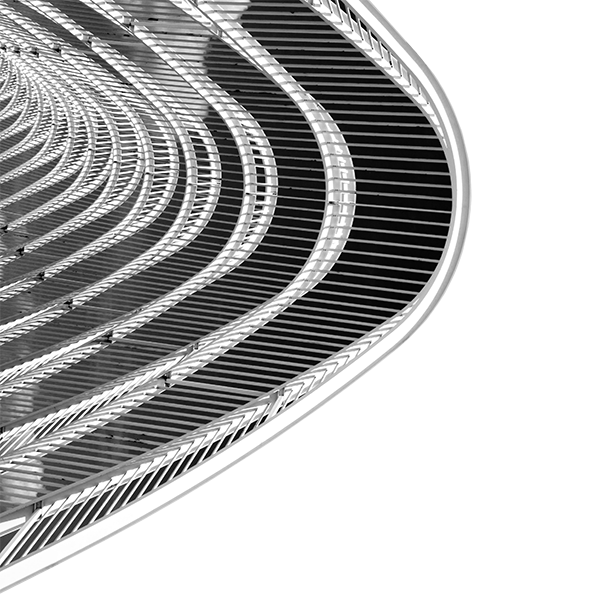EMC Plus and Charge Plus Demos

Tutorials
Tutorials are available by clicking on the (?) menu in the “Other” section of the ribbon, next to “Settings”. Additional tutorials that have been recently developed and are not yet in the help tutorials are available for download below.
Radiated Emissions Demo
Radiated Emissions performance is critical for electronic devices. In this tutorial, we show first how to simulate shielding effectiveness of an enclosure. Next, we add cables and a Printed Circuit Board over a ground plane. The PCB is imported from the Ansys Electronics Database (EDB) format. The enclosure is imported from STEP format. There is an excitation on the PCB to drive the simulation.

Radiated Emissions from a PCB, enclosure, and cable step-by-step instructions
Spacecraft Charging Course
This is a five-part course that takes users through some important modules in Ansys Charge Plus for modeling the interaction of a spacecraft or satellite with the spacecraft environment. This includes the following modules:
- Ansys Charge Plus Simple Satellite (Surface Charging) – This tutorial guides the user through a demonstration of Ansys Charge Plus by setting up and analyzing the surface charging of a simple satellite. This also demonstrates the validation of previous work and the application of Charge Plus to future work. It is recommended that a new user learning Ansys Charge Plus completes this demo before attempting future demos because the user will learn how to define and assign materials using existing Charge Plus library definitions, create a simulation domain, and add plasma environments. Additionally, the user will be introduced to the methodology of meshing and running Ansys Charge Plus simulations. Finally, the user will be introduced to the post-processing capabilities of Ansys Charge Plus.
- Ansys Charge Plus Stepped Shield (Internal Charging) – This tutorial guides the user through a demonstration of Ansys Charge Plus by utilizing the internal charging solver to model the charging of a capacitive stepped shield. This demo will illustrate useful modeling techniques for describing internal charging as a result of incident particle interactions. In particular, the user can define particle sources of various composition to model desired charging effects. This demo also demonstrates the validation of previous work and the application of Charge Plus to future work.
- Ansys Charge Plus Moon Lander (Surface Charging) – This tutorial guides the user through a demonstration of Ansys Charge Plus by cleaning the structural geometry, then setting up, and analyzing the surface charging of a lunar landing module. This also demonstrates the validation of previous work and the application of Charge Plus to future work. It is recommended that a new user learning Ansys Charge Plus completes the simple satellite demo before attempting this demo. The user will learn how to prepare complex models for Ansys Charge Plus simulations, model worst-case lunar plasma environments, and mesh models with the Artemis (Discovery) mesh engine. Finally, the user will be prompted to produce data visualization results for their model.
- Ansys Charge Plus Simple Satellite in GEO – This tutorial guides the user through a demonstration of Ansys Charge Plus by utilizing a coupled finite element method (FEM) solver to simulate the coupled charge interactions between a vacuum enclosure and a simple satellite in GEO. This demo will also emphasize the utility of direct mesh groups in conjunction with global mesh groups. Additionally, this module will demonstrate the methodology of chassis group assignments to enhance the complexity of spacecraft charging simulations. This also demonstrates the validation of previous work and the application of Charge Plus to future work.
- Ansys Charge Plus Human Capsule in LEO – This tutorial guides the user through a demonstration of Ansys Charge Plus by utilizing a coupled finite element method (FEM) solver to simulate the coupled charge interactions between a vacuum enclosure and a human capsule model in LEO. This demo will also emphasize the differences between the available plasma environment definitions. Namely, when utilizing the FEM, this tutorial will illustrate the effect of using the barometric plasma species. This demo also demonstrates the validation of previous work and the application of Charge Plus to future work.

Download the Spacecraft Charging Course

